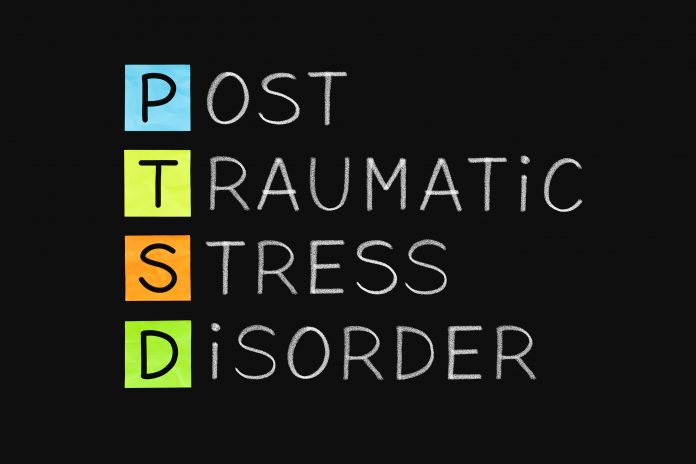The nervousness begins before I even step into the doctor’s office. My heart begins racing. My palms get sweaty and by the time the physician begins talking, I get very numb. I know what’s coming and it’s never good. I have spent the last 14 months being poked and prodded by doctors, ER staff, various specialists and nurses. The blue gown provided at hospitals might as well become part of my wardrobe. I’m 38 years old. This wasn’t how I envisioned my life. In fact, it’s not even how I envisioned my life 30 years from now, when I’m a senior. My head is swimming with medical facts and I’m simply tired of being unwell. After more than a year of sickness, tests, surgery and medications that cause nothing but nasty side effects, I’ve developed a mild case of Post-Traumatic Stress Disorder (PTSD). The mere sound of a machine beeping reminds me of blood pressure monitors and hospitals and sends chills down my spine.
What is Post-Traumatic Stress Disorder?
Post-Traumatic Stress Disorder (PTSD) used to be a term reserved for veterans returning from war. “Shell Shock Syndrome” is what it was commonly known as. According to the National Center for PTSD, any exposure to traumatic events, such as natural disaster, physical and sexual abuse, and health problems can trigger PTSD. It is an anxiety disorder that can occur after witnessing or experiencing traumatic events.
Three different types of PTSD exist. If symptoms last less than three months, the condition is considered acute PTSD. If they last at least three months, the disorder is referred to as chronic. Finally, if they manifest at least six months following a traumatic event, the disorder is deemed delayed-onset PTSD. Like many disorders, PTSD ranges in severity.
The Signs of PTSD:
- Following the traumatic event, or events, a person may experience flashbacks
- Nightmares could interfere with sleep
- Feelings of sadness, despair, guilt or anger
- Increased anxiety
- Purposely avoiding reminders of the trauma
- Physical symptoms may manifest, such as nausea or headaches
It’s important to remember that the word trauma is relative. What one person finds traumatic may be merely slightly upsetting to someone else. Reaction to trauma is a very individual experience. The kind of PTSD that I suffer from, regarding health trauma, poses a particular threat to seniors. As we age, we are more at risk for the emotional burden of chronic illness.
If you are experiencing any of the above-mentioned symptoms it’s important to mention it to your healthcare provider. He/she can steer you in the right direction and is not there to judge. Treatment for PTSD involves a combination of cognitive therapy, lifestyle changes and sometimes medication. Choosing the best option will be between you and your physician.
This article is intended for informational purposes only. Please consult your healthcare practitioner if you think you are at risk for PTSD or are experiencing symptoms.
























